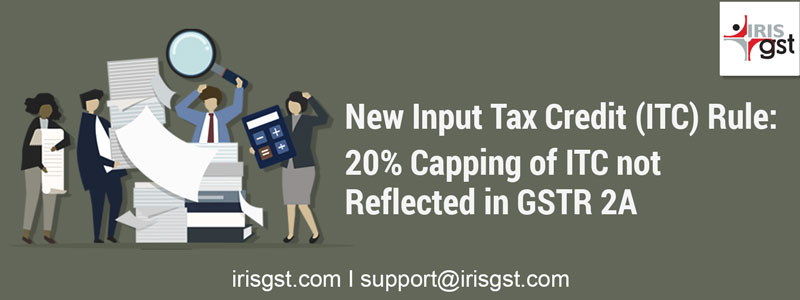
Provisional ITC or provisional input tax credit (ITC) refers to the Input Tax Credit which can be claimed even if ITC is not available in GSTR-2A. There were several changes and amendments to the provisional ITC rules over the years. All the latest updates are mentioned below:
Latest Update on Provisional ITC Rule
Update on: 1st February 2022 (Budget 2022)
Section 41 of ITC rules has been revamped to remove the references to provisional ITC claims and prescribes self-assessed ITC claims with conditions. Sections 42, 43 and 43A on provisional ITC claim process, matching and reversal are eliminated. This means from now on, taxpayers will not be able to claim provisional ITC – revised Rule 36(4).
Update on: 29th December 2021
CGST Rule 36(4) is amended and thus 5% additional ITC was removed over and above ITC appearing in GSTR-2B. From 1st Jan 2022, companies can avail ITC only if it is reported by the supplier in GSTR-1/ IFF and it shows in their GSTR-2B.
Update on: 21st December 2021
From 1st Jan 2022, ITC claims will be allowed only if it shows in GSTR-2B. So, the taxpayers can no longer claim 5% provisional ITC under the CGST Rule 36(4) and confirm every ITC value claimed was reflected in GSTR-2B.
3rd April 2020: Notification No: 30/2020-Central Tax, dt. 03-04-2020
CBIC under COVID 19 relief measures has relaxed the provisions of Rule 36(4), which means ITC in GSTR3B for Feb till Aug 2020 can be claimed as per Books/ Purchase register without considering the ITC as per GSTR 2A. However, the ITC already claimed has to be matched in a consolidated manner with GSTR 2A before filing GSTR 3B in September 2020.
Hence, there would be no loss of credit to the buyers if suppliers fail to file the returns on time till 30th August 2020.
9th October 2020: Circular 142/12/2020 GST
CBIC has clarified that taxpayers shall reconcile that cumulative ITC availed in GSTR 3B for the period Feb 20 to Aug 20 shall not exceed 110% of ITC available in GSTR 2A till due date of GSTR 1 for the month of September. And any credit claimed in excess of 110% of credit available shall be reversed in Table 4(B) GSTR 3B of September 2020
Any excess credit if not reversed will be treated as ineligible credit availed.
Relaxation of Rule 36(4) as per the latest Notification
- Provisional ITC as per Rule 36(4) of the CGST Rules, 2017 will be allowed a maximum up to 5% of the invoices furnished by the vendors in their GSTR 1/ through IFF Facility.
- Provisions of Rule 36(4) has been relaxed for the month of April and Condition of Rule 36(4) would apply cumulatively in the month of May 2021.
Update on 22nd December 2020
- Following changes in Rule 36(4) to be made effective from 1st January 2021:
The recipients can claim provisional ITC in GSTR-3B to the extent of 5% instead of earlier 10% of the total ITC available. ITC shall be available as per the invoices uploaded by respective suppliers either in their GSTR-1 or by using the Invoice Furnishing Facility (IFF). - Under new Rule 86B, the restriction has been imposed on setting off more than 99% of tax liability from ITC, where the value of taxable supplies other than exempt supply and zero-rated supply exceeds Rs. 50 lakhs in a month
****
Provisional ITC Background
Input Tax Credit (ITC) means reducing the taxes paid on inputs from taxes to be paid on output. Under the IGST Act, input tax is defined as IGST, CGST or SGST charged on any supply of goods and/or services. And this tax paid on purchases by you can be used as a tax credit against your tax liability.
One of the basic rules for claiming ITC is that the invoice or document should be reflected in the recipient’s GSTR2A, then ITC eligibility conditions can be checked and ITC can be claimed.
In the initial months of GST implementation, the focus of the Government was to stabilise the system and also increase compliance and adoption by taxpayers. Hence, taxpayers were allowed to claim ITC in self-computed GSTR 3B, as per their internal records, whether or not the invoices were reported by the supplier and tax liability was fully cleared by the supplier. While this move eased the compliance obligations for taxpayers, there was surge in fraudulent/erroneous ITC claims as neither the taxpayers paid much attention to supplier data reconciliation nor were the returns closely monitored.
For the purpose of monthly return GSTR-3B, taxpayers continued to follow ITC computation based on their internal records and periodic matching with the data uploaded by suppliers. It was the annual return GSTR-9, which necessitated the need to do a reconciliation of internal records and purchase invoices in GSTR-2A. In GSTR-9, taxpayers had to report and explain the differences in ITC claimed. Thus, GST Reconciliation for the annual period i.e. FY and the September following the FY, became an important activity.
In order to keep a check on fraudulent cases, Government amended the ITC rules to put a cap on the limit of provisional ITC that can be claimed. The limit was set at 20% of invoices reported in taxpayers’ GSTR 2A in Oct 2019 and further reduced to 10% in Jan 2020.
So, let us understand Provisional ITC and respective amendments to Rule 36 of ITC Claim in detail.
1. What is Provisional ITC?
Provisional input tax credit (ITC) refers to Input Tax Credit which can be claimed even if ITC is not available in GSTR-2A.
For availing Input tax credit, the invoices need to be uploaded by suppliers in their GSTR 1. If not uploaded, ITC with respect to such missing invoices will be restricted to 10% of ITC (20% – if before Jan 2020) eligible from invoices which are uploaded by suppliers and hence are part of GSTR 2A. The concept of provisional ITC was brought into effect vide CGST notification no. 49/2019 central tax dated 09/10/2019.
1.1 20% ITC Rule | Notif No.: 49/2019 Central Tax | Rule 36 (4) | 20% Provisional ITC
The central government via Notification no 49/2019 central tax dated 9/10/2019 made amendments to CGST Rules, 2017. One of the amendments was insertion of sub-rule (4) to rule 36 which is reproduced as follows:
Input tax credit to be availed by a registered person in respect of invoices or debit notes, the details of which have not been uploaded by the suppliers in GSTR-1 (and consequently does not appear in GSTR-2A) under sub-section (1) of section 37, shall not exceed 20 per cent of the eligible credit available in respect of invoices or debit notes the details of which have been uploaded by the suppliers under sub-section (1) of section 37.
1.2 Amendment to Rule 36(4) | 10% ITC Rule
In the 38th GST Council meeting, it was decided that taxpayers to avail provisional ITC on invoices not reflecting on GSTR-2A only to the extent of 10% of ITC reflecting on GSTR-2A and no longer 20%. The new percentage of 10% is applicable from 1st Jan 2020 onwards vide notification no 75/2019 central tax dated 26/12/2019.
Understanding the 10% Provisional Input Tax Credit Rule (Rule 36 (4))
Let us understand the ITC Rule of 10% capping with illustrations:
Case 1 : If Input tax credit as per buyer records exceeds the limit of 10% of what appears in GSTR 2A
Suppose for the month of Jan 2020, Mr.A, a registered person, has Rs.1,00,000 as eligible ITC in respect of invoices/debit notes uploaded by his seller in their GSTR-1 and appear in GSTR-2A of Mr.A; and Rs.50,000 as ITC in respect of invoices/debit notes has not been uploaded by his seller in their GSTR-1 and does not appear in GSTR-2A of Mr.A.
After the insertion of sub-rule 4 to Rule 36, the eligible credit of Mr.A shall be as follows:
| With respect to eligible ITC invoices/debit notes uploaded by his seller in their GSTR-1 | 1,00,000 |
| With respect to ITC invoices/debit notes not | 1,00,000*10%=Rs. |
| Uploaded by his seller in their GSTR-1 | 10,000 |
| Total ITC available | Rs. 1,10,000 |
Effectively, ITC in excess of 10% i.e. Rs.40,000 (50,000 – 10,000) shall be ineligible for availment for the month of Jan 2020.
Case 2: If Input tax credit as per buyer records is less than 10% of what appears in GSTR 2A
Suppose for the month of Jan 2020, Mr A, a registered person, has Rs.1,00,000 as eligible ITC in respect of invoices/debit notes uploaded by his seller in their GSTR-1 and appear in GSTR-2A of Mr A; and Rs.5,000 as Input tax credit in respect of invoices/debit notes which has not been uploaded by his seller in their GSTR-1 and does not appear in GSTR- 2A of Mr A.
| With respect to eligible ITC invoices/debit notes uploaded by his seller in their GSTR-1 | 1,00,000 |
| With respect to ITC invoices/debit notes not uploaded by his seller in their GSTR-1 | 5,000 |
| Total ITC available | Rs. 1,05,000 |
Thus, in this case, the entire ITC in respect of invoices/debit notes not uploaded by seller in GSTR-1 amounting to Rs.5,000 shall be available as it is less than 10% of eligible ITC (1,00,000*10%=Rs. 10,000).
1.3 Circular 123/2019 GST – Clarification to Notification 49/2019
Just before due date of GST-3B for the month of November 2019, CBIC had resolved queries on provisional credit @ 20% (now 10%) through GST Circular 123/42/2019 Dt. 11-11-2019.
Following is the list of clarifications issued with regard to the restrictions in availing input tax credit in terms of sub-rule (4) of rule 36:
- Restriction is not imposed through the common portal hence the taxpayer can avail credit on self-assessment basis in accordance with sub-rule (4) of rule 36.
- Taxpayers can avail full ITC in respect of following
- IGST paid on import,
- documents issued under RCM,
- Credit received from ISD etc.
i.e. which are outside the ambit of sub-section (1) of section 37
- Restriction of 36(4) will be applicable only on the invoices / debit notes on which credit is availed after 09.10.2019.
- Credit available under sub-rule (4) of rule 36 is linked to total eligible credit from all suppliers against all supplies whose details have been uploaded by the suppliers. Hence restriction imposed is not supplier wise.
- The cut-off date to compute the eligible ITC is due date of filing GSTR-1
- Provisional ITC for a particular month should not exceed 20% (now 10%) of eligible ITC, but can be lesser than that. Thus, if the provisional ITC that the recipient wants to claim in Rs 10000 and the Provisional ITC calculated as per Rule 36(4) comes to Rs 50000, then only Rs. 10000 should be claimed.
- The balance ITC may be claimed by the taxpayer in any of the succeeding months provided details of requisite invoices are uploaded by the suppliers. He can claim proportionate ITC as and when details of some invoices are uploaded by the suppliers provided that credit on invoices, the details of which are not uploaded (under sub-section (1) of section 37) remains under 20 per cent of the eligible input tax credit, the details of which are uploaded by the suppliers.
*****
Many of IRIS GST customers have streamlined vendor communication with the use of IRIS GST Software and hence, the reconciliation is not a herculean task anymore.
IRIS GST Software is powered by smart auto reconciliation and advanced manual reconciliation. You can:
- Identify the invoice mismatches and missing invoices if any, and communicate it to the supplier
- Vendor level view enables you to identify the vendors with whom follow-ups are needed
- Detailed invoice view shows you the invoices which need to be corrected
- Additionally, you get insights and reports based on your purchase data, ITC, and supplier uploaded data i.e. GSTR 2A
IRIS GST is official GST Suvidha Provider (GSP) in India, offering premium GST compliance tools like GST Returns (IRIS Sapphire)and Eway Bill generation (IRIS Topaz). With features such as Advance Reconciliation, Smart Reports, Fuzzy Logic, Vendor Management, Smart Dashboard, User Roles, etc. IRIS GST ensures you a hassle-free GST compliance.
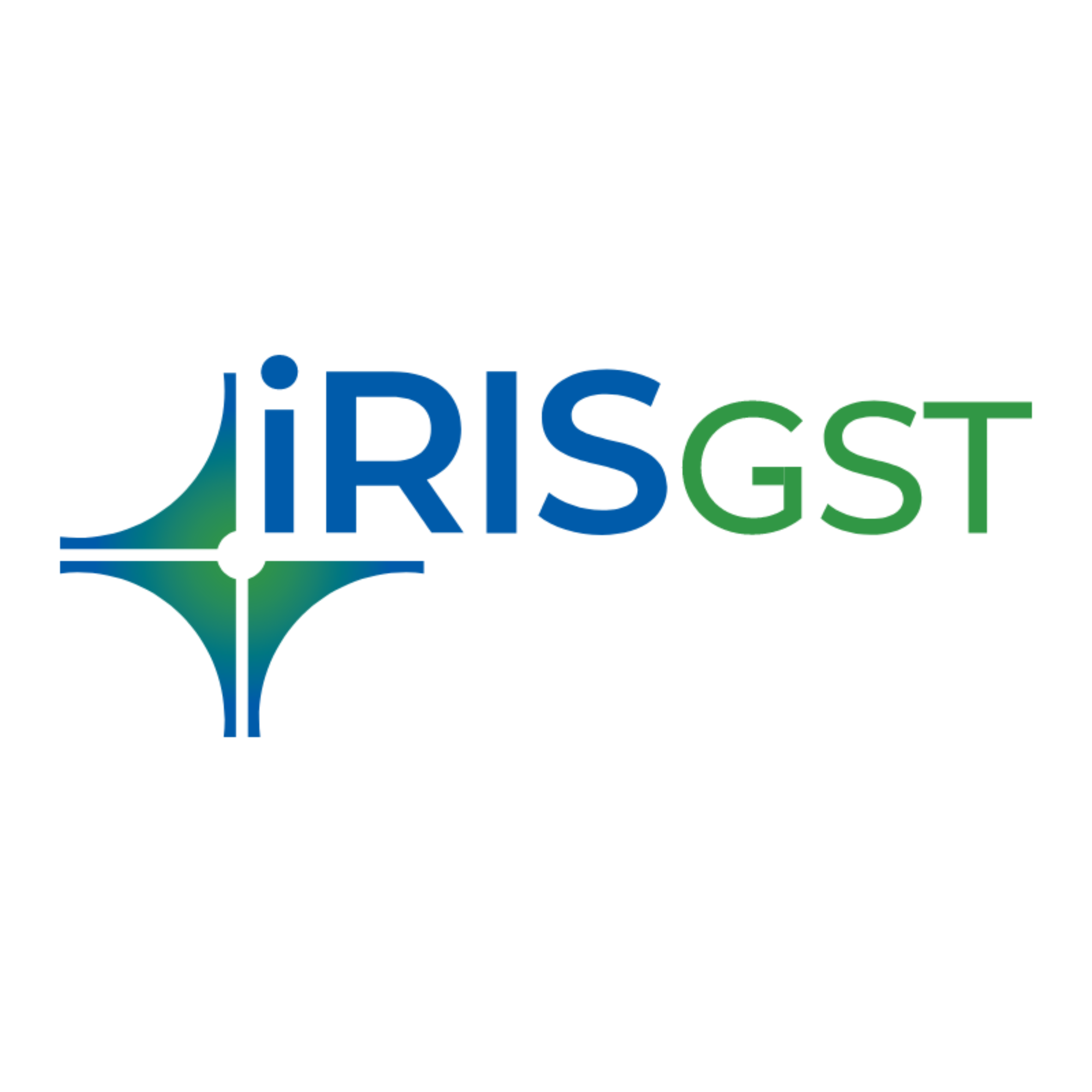
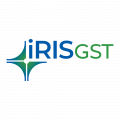
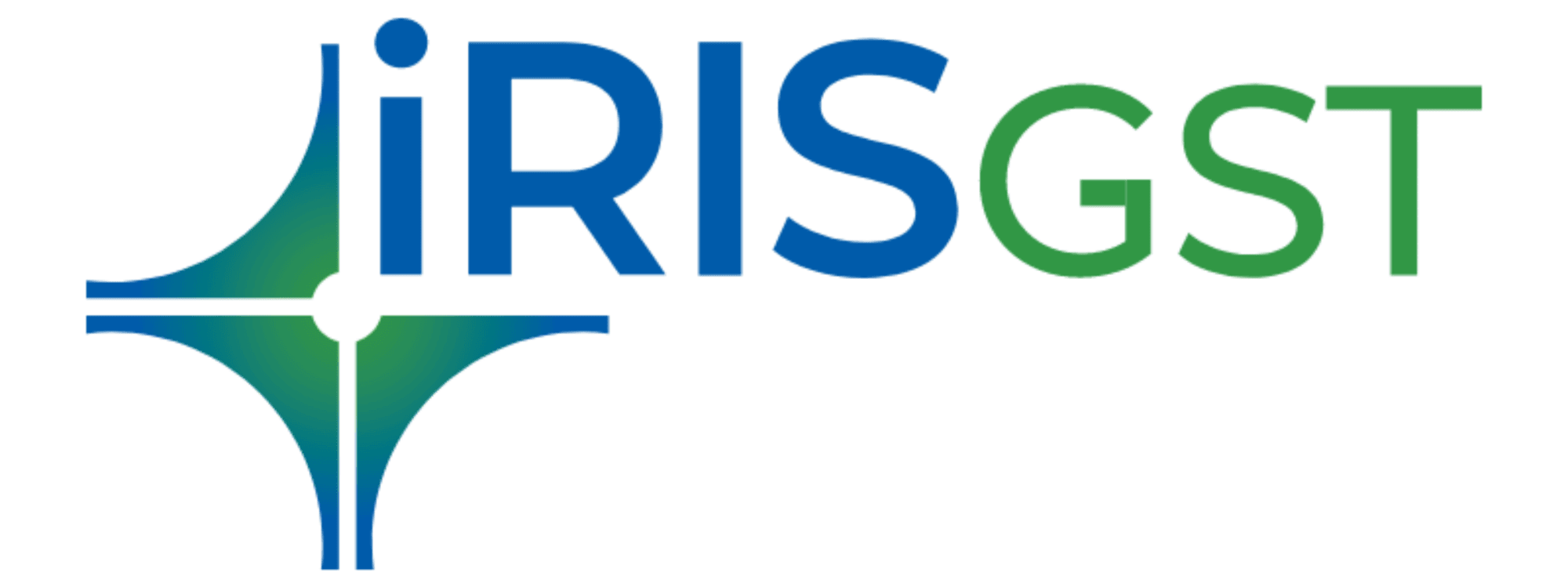



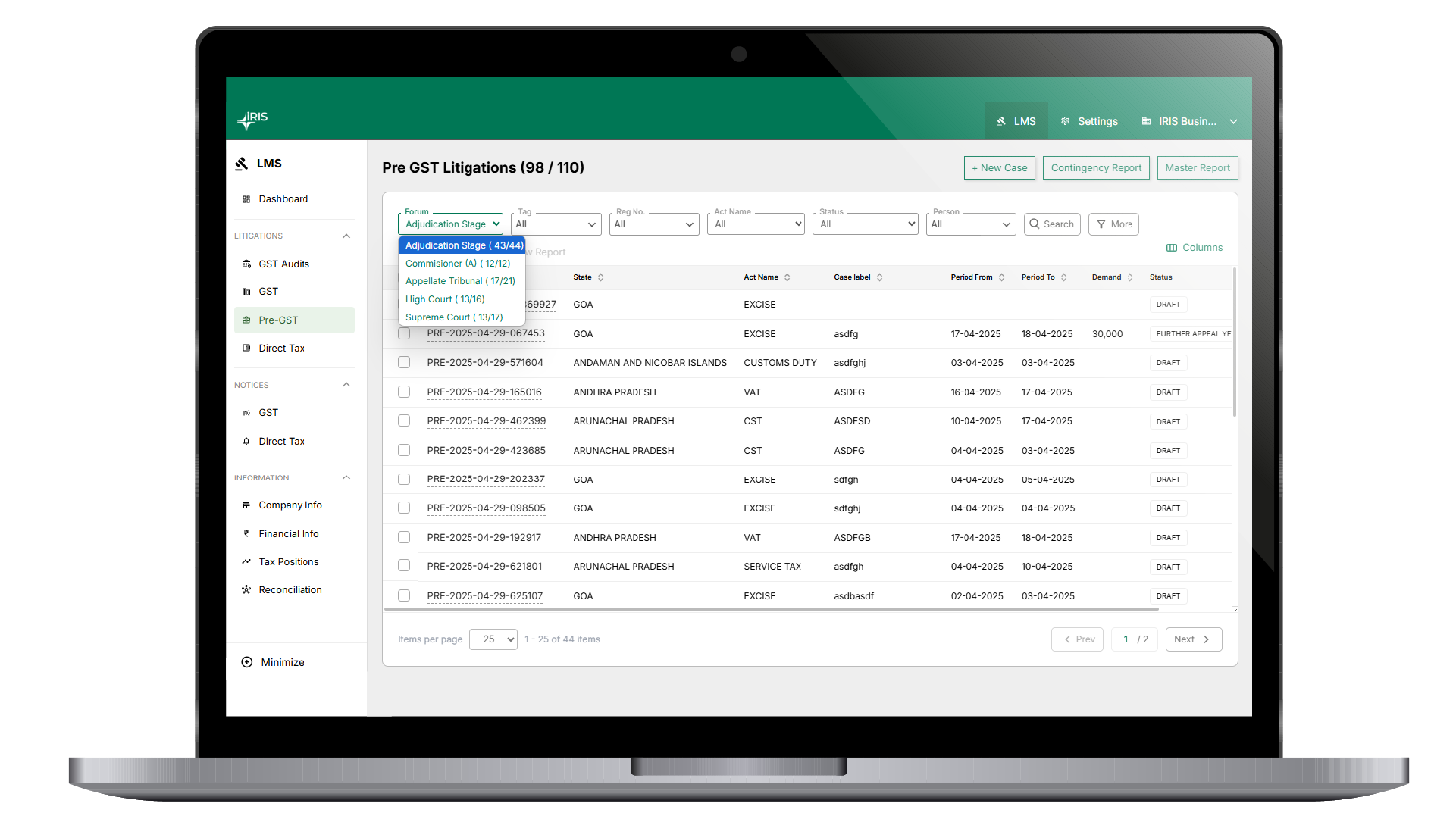
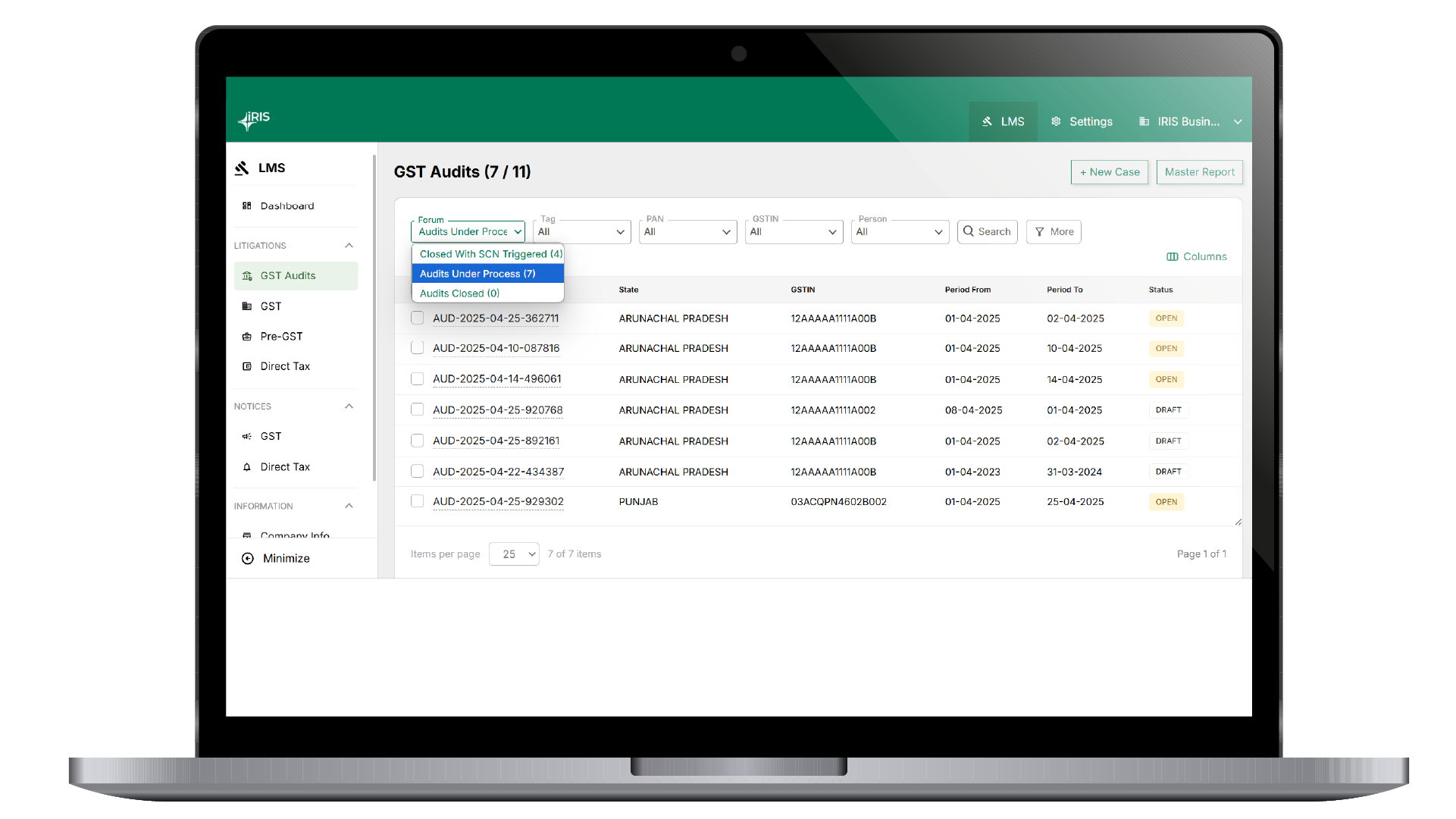
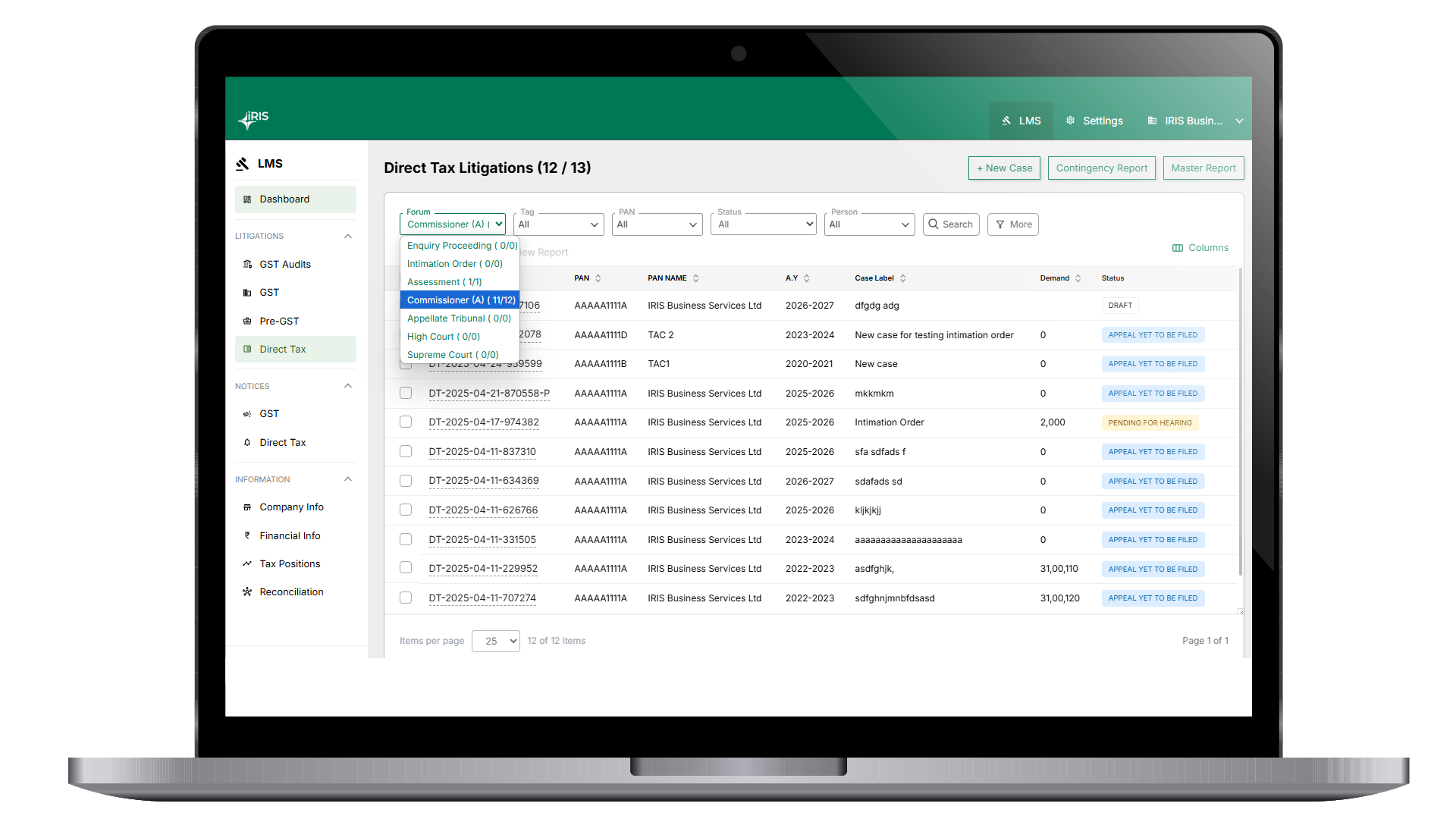
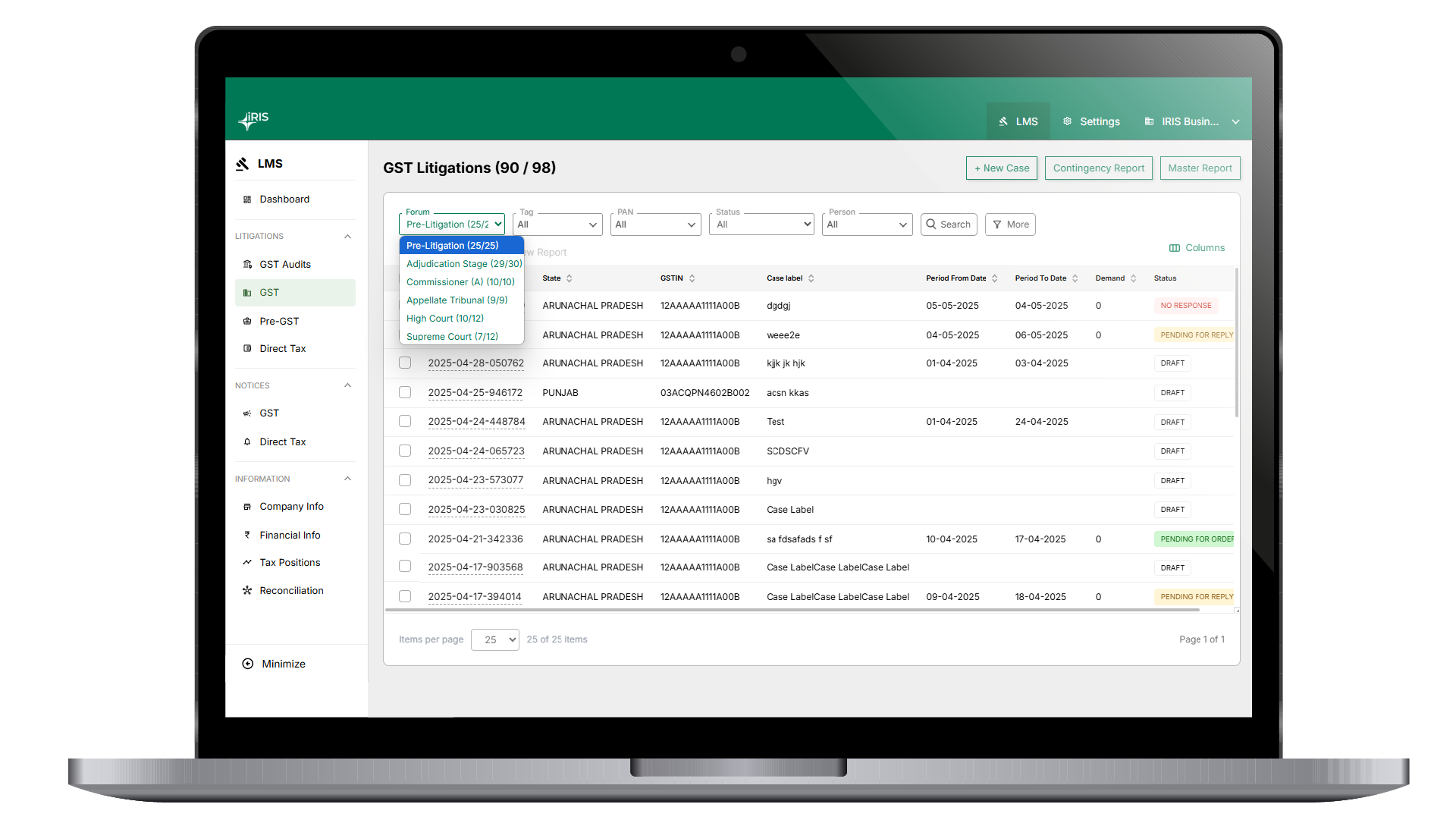
















































































































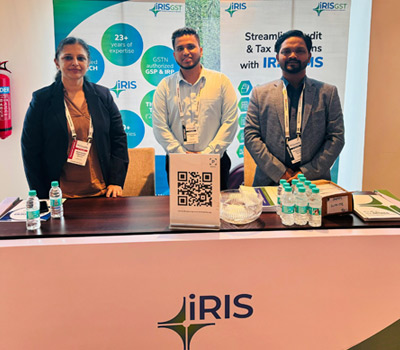


















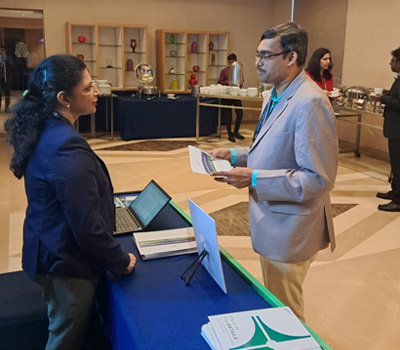

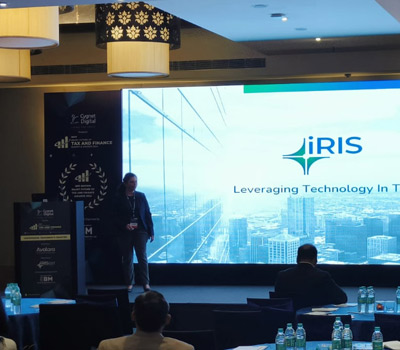
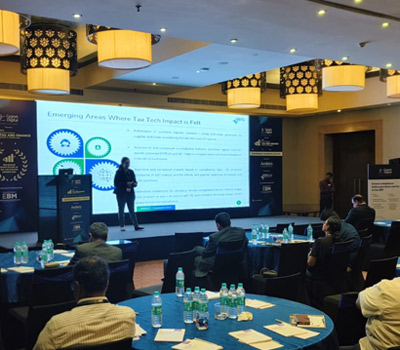


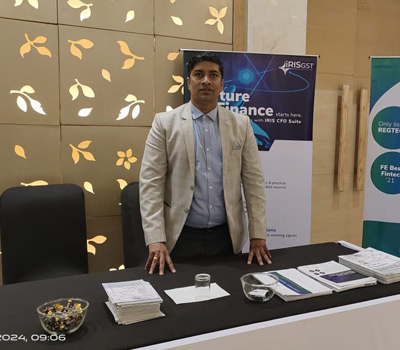
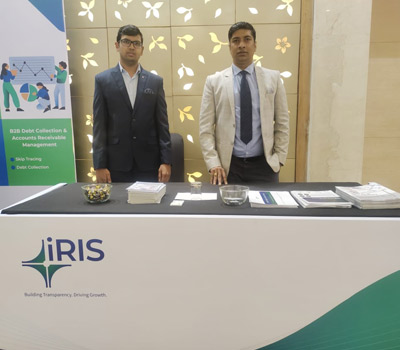




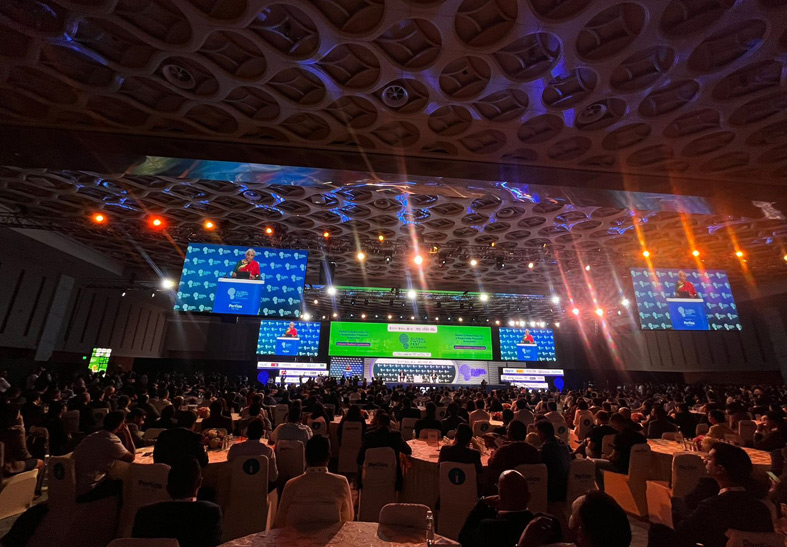
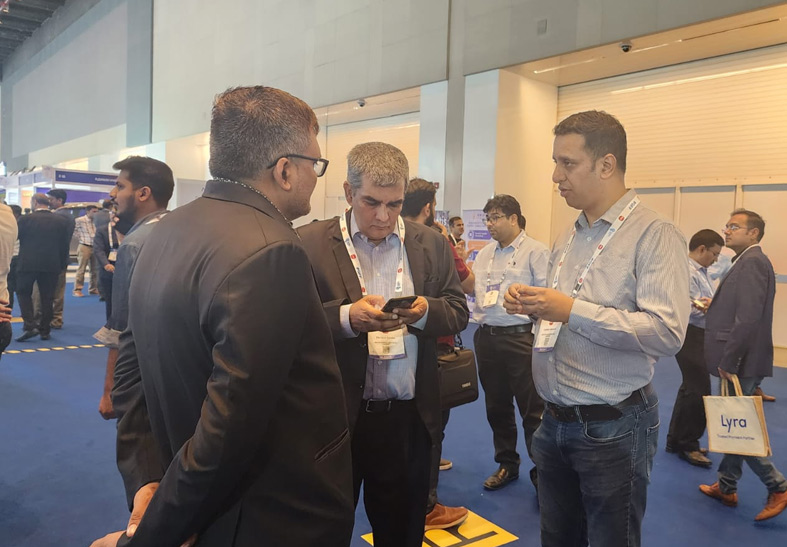
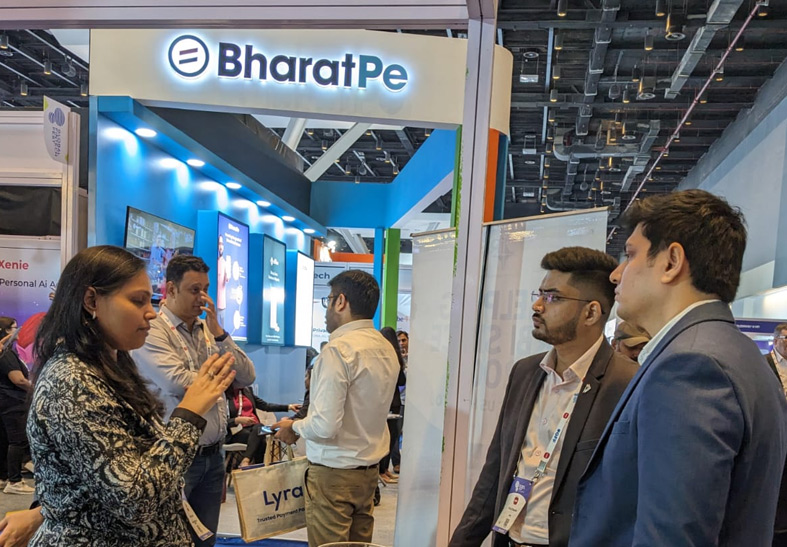
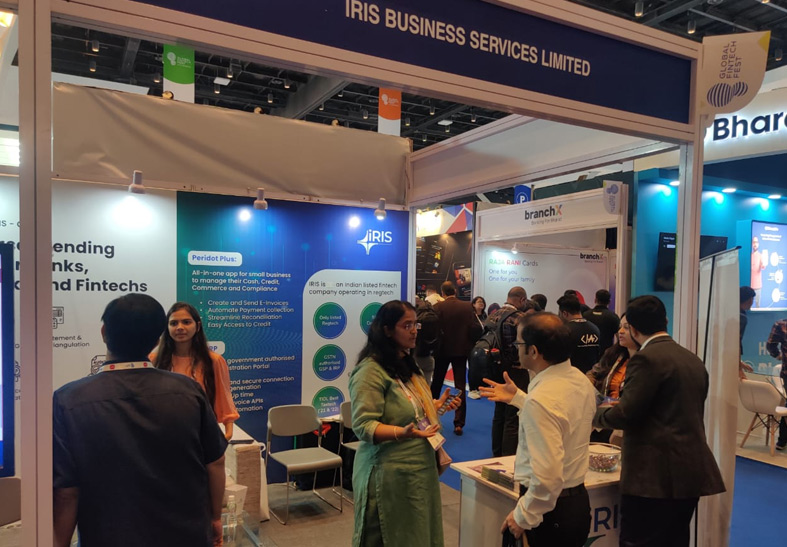
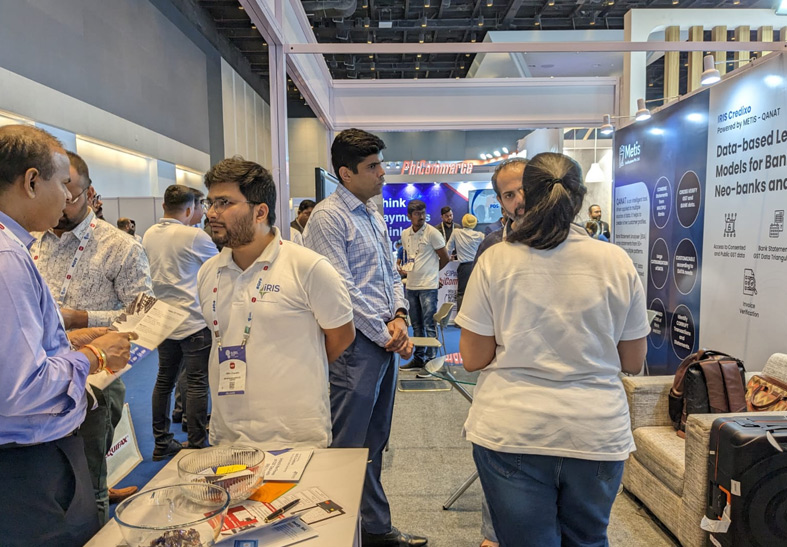
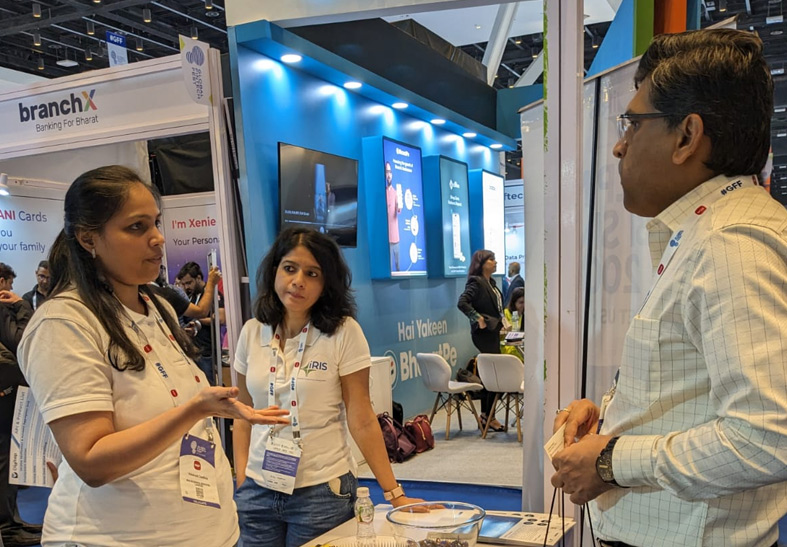
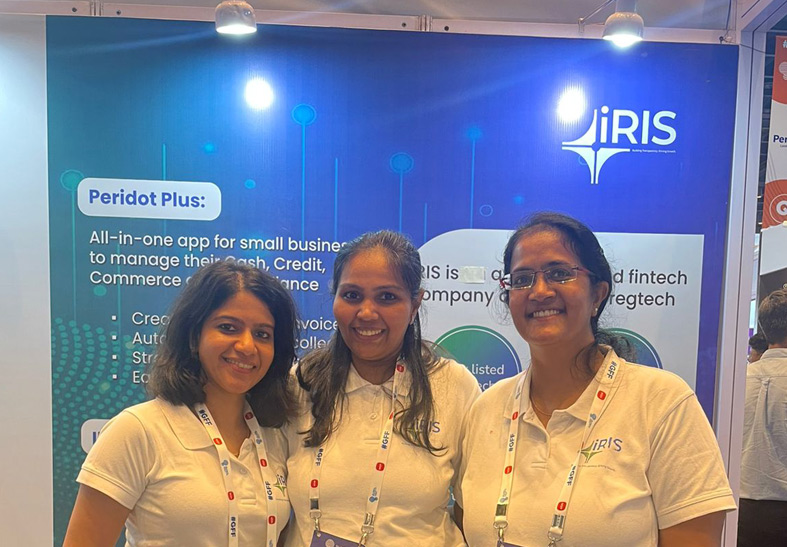
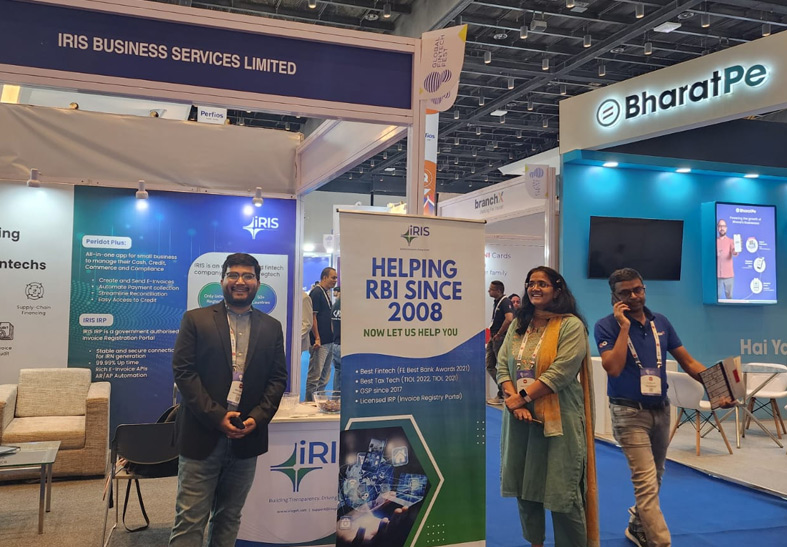















































































HELLO SIR
SIR If i am not following GST Rule Sub-rule 4 of Rule 36
than what issue can be happen
& That issue whenever will start ?
There may be chances that you will get notice from GSTN for clarification of ITC claimed. And if you claimed excess ITC then you need to pay interest on excess amount claimed.
Hello,
My supplier files return Quarterly hence the ITC towards purchase from that supplier is not available for the current month.
Now, how shall i submit my 3B return
1. By claiming actual ITC as per my books
or
2. Claim only the portion that is auto available and wait for the supplier to file his quarterly return for the ITC towards purchase from that supplier.
Kindly help.
Thanks
You can take ITC on provisional basis to the extent of 10% of ITC available in your auto-populated GSTR 2A
For more details read our blog
https://irisgst.com/new-itc-rule-20-capping-of-itc-not-reflected-in-gstr-2a/
Whether ITC (20%, 10% or 5%) restriction is to be calculated cumulative for all types of Taxes i.e. IGST, CGST, SGST and Cess or for each category of tax.
It is for all types of taxes taken cumulatively
why we claim the Provisional ITC if the same has not been mentioned anywhere in the GST act, which means the rules can override the act ???